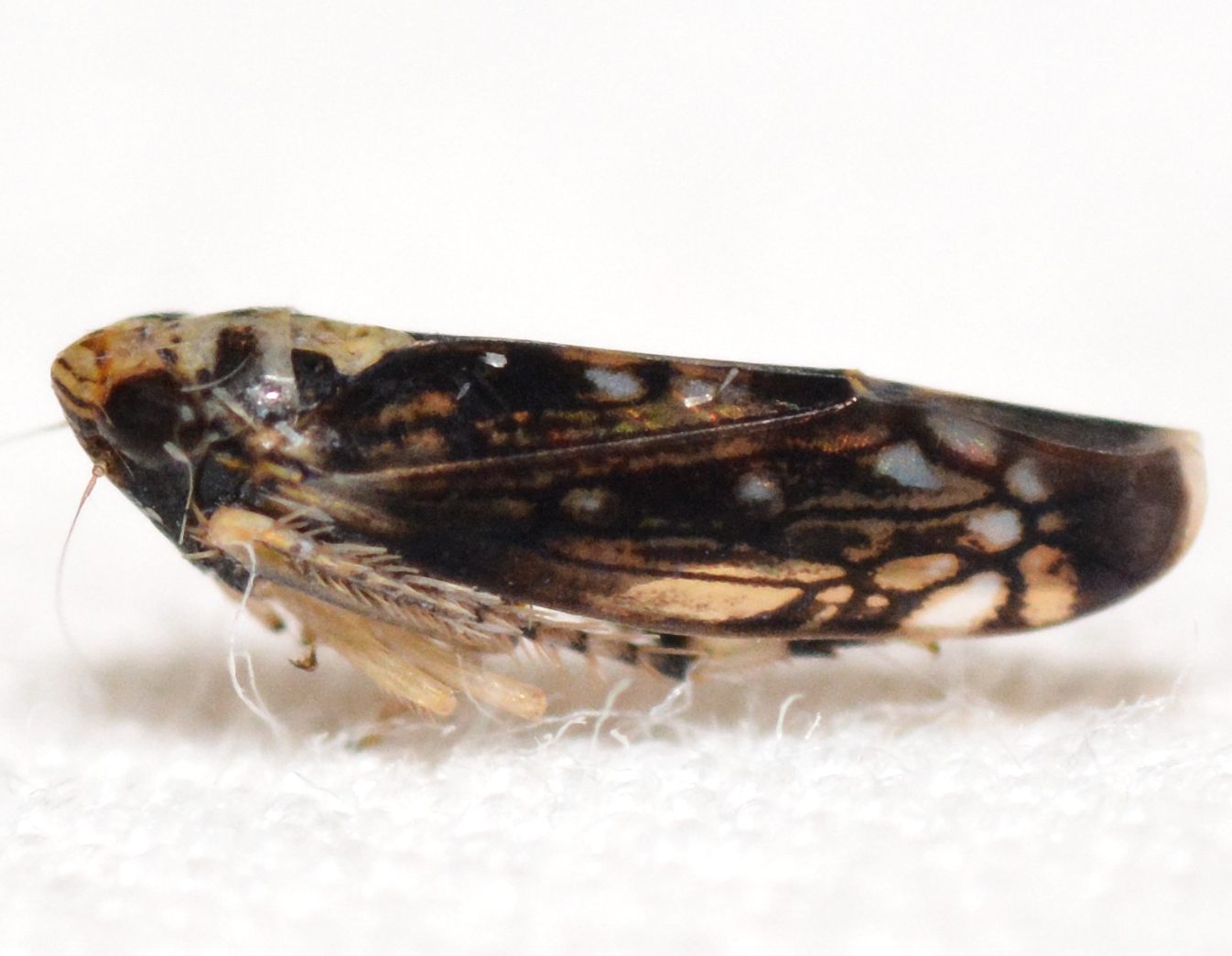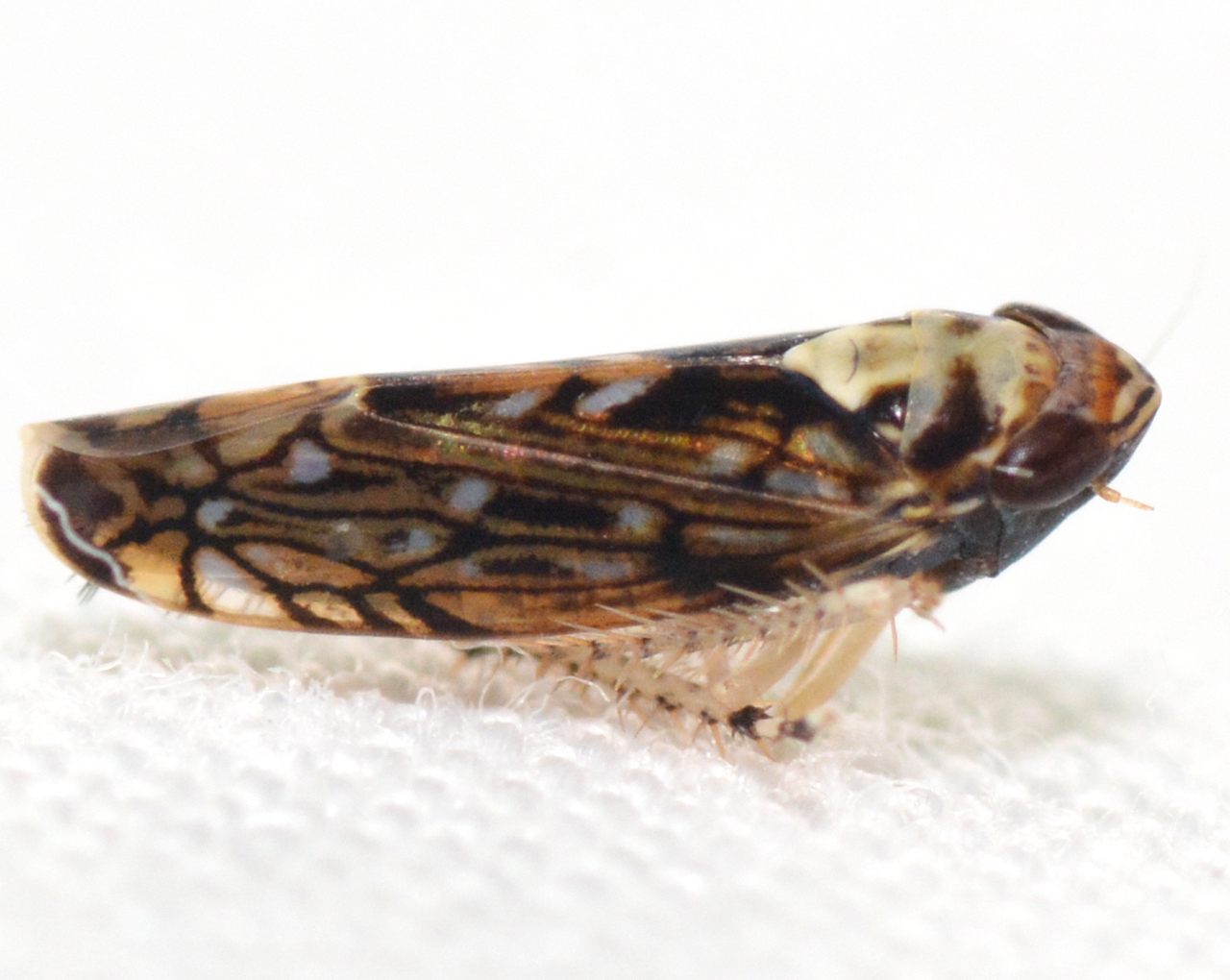Species Photo Gallery for Scaphoideus pullus No Common Name 23 |
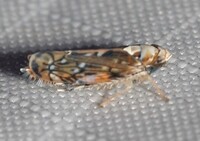 | Photo by: Rob Van Epps
Mecklenburg Co.
Comment: Attracted to UV light. |  | Photo by: Rob Van Epps
Mecklenburg Co.
Comment: Attracted to UV light. |
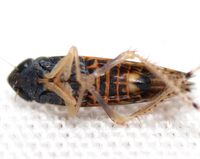 | Photo by: Kyle Kittelberger, Brian Bockhahn
Polk Co.
Comment: female, mm |  | Photo by: Kyle Kittelberger, Brian Bockhahn
Polk Co.
Comment: female, 5.5 mm |
 | Photo by: Kyle Kittelberger, Brian Bockhahn
Polk Co.
Comment: female, 5.5 mm |  | Photo by: Kyle Kittelberger, Brian Bockhahn
Polk Co.
Comment: 1 male, 1 female (5.3 mm) |
 | Photo by: Kyle Kittelberger, Brian Bockhahn
Polk Co.
Comment: 1 male, 1 female (5.3 mm) | 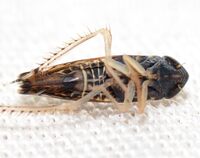 | Photo by: Kyle Kittelberger, Brian Bockhahn
Polk Co.
Comment: 1 male, 1 female (5.3 mm) |
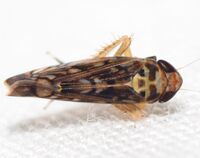 | Photo by: Kyle Kittelberger, Brian Bockhahn
Polk Co.
Comment: 1 male, 1 female ( mm) | 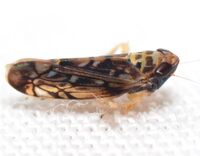 | Photo by: Kyle Kittelberger, Brian Bockhahn
Polk Co.
Comment: 1 male, 1 female ( mm) |
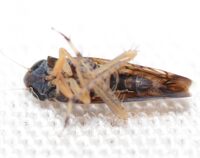 | Photo by: Kyle Kittelberger, Brian Bockhahn
Polk Co.
Comment: 1 male, 2 female |  | Photo by: Bo Sullivan
Ashe Co.
Comment: 5.5 mm |
 | Photo by: Bo Sullivan
Ashe Co.
Comment: 5.5 mm |  | Photo by: Bo Sullivan
Ashe Co.
Comment: 5.5 mm |
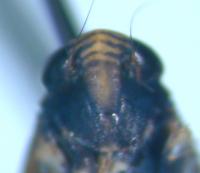 | Photo by: Bo Sullivan
Ashe Co.
Comment: 5.5 mm | 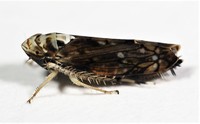 | Photo by: Rob Van Epps
Mecklenburg Co.
Comment: Attracted to UV light. |
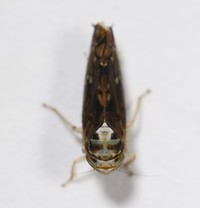 | Photo by: Rob Van Epps
Mecklenburg Co.
Comment: Attracted to UV light. | 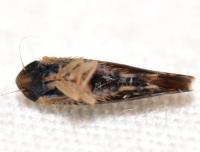 | Photo by: Kyle Kittelberger
Ashe Co.
Comment: collected by Bo Sullivan; 3 male |
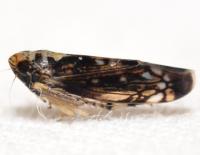 | Photo by: Kyle Kittelberger
Ashe Co.
Comment: collected by Bo Sullivan; 3 male, 4.8 mm |  | Photo by: Kyle Kittelberger
Ashe Co.
Comment: collected by Bo Sullivan; 3 male, 4.8 mm |
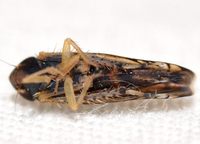 | Photo by: Kyle Kittelberger
Ashe Co.
Comment: collected by Bo Sullivan; female, |  | Photo by: Kyle Kittelberger
Ashe Co.
Comment: collected by Bo Sullivan; female, 5.2 mm |
 | Photo by: Kyle Kittelberger
Ashe Co.
Comment: collected by Bo Sullivan; female, 5.2 mm |

 »
»